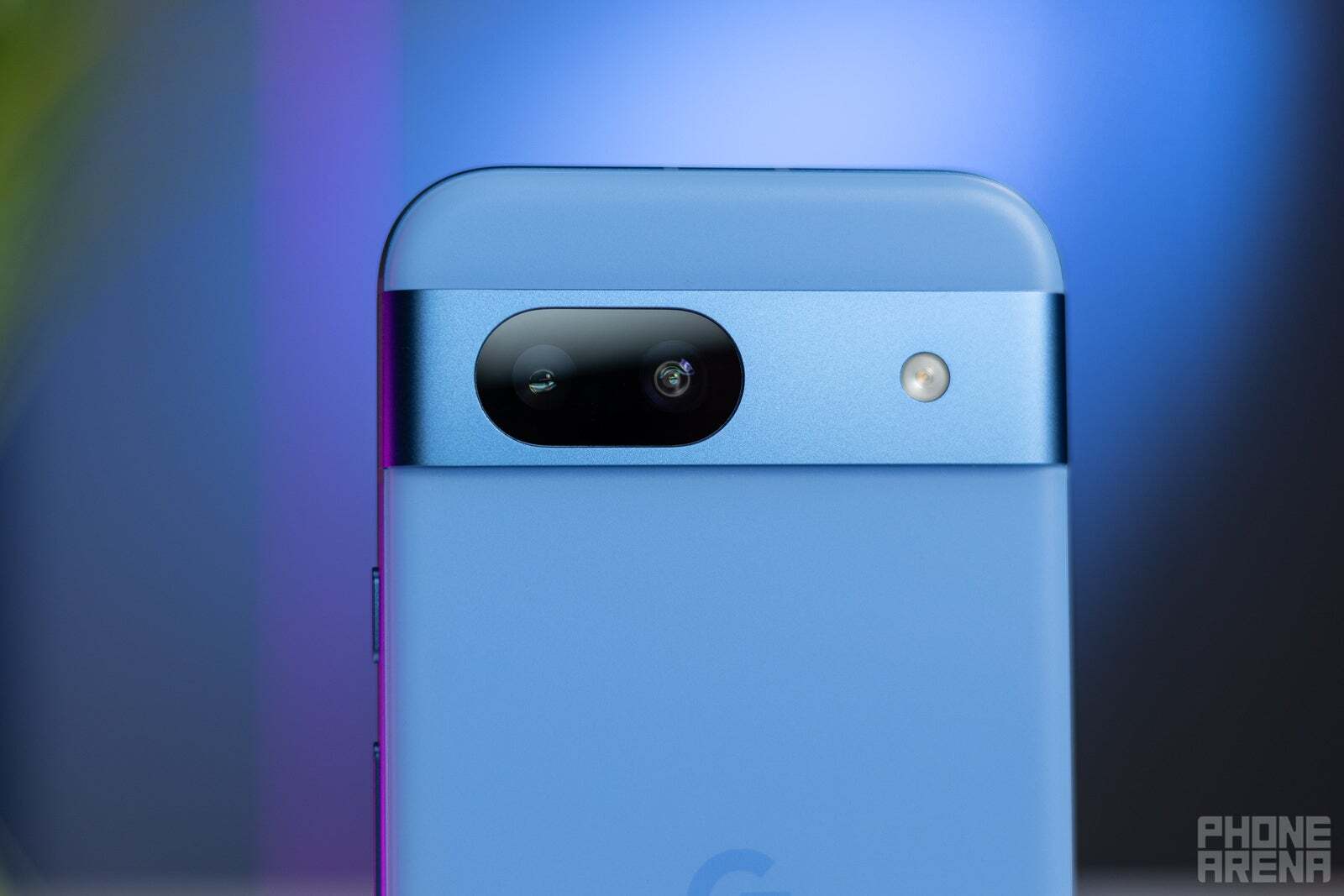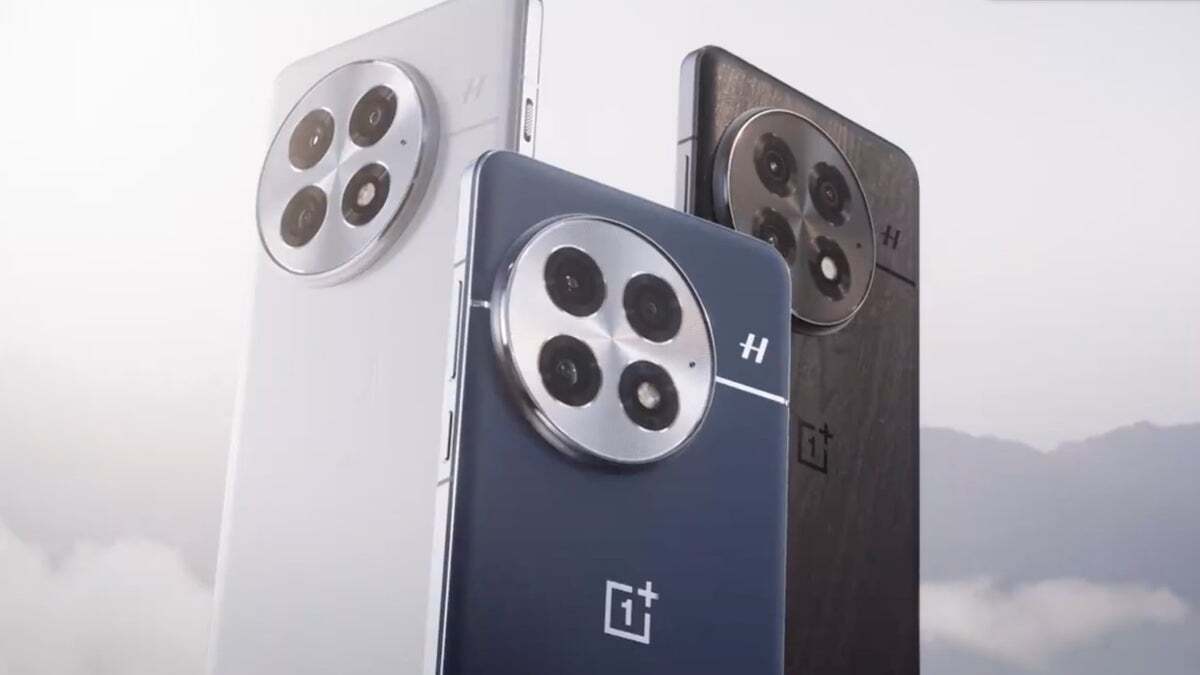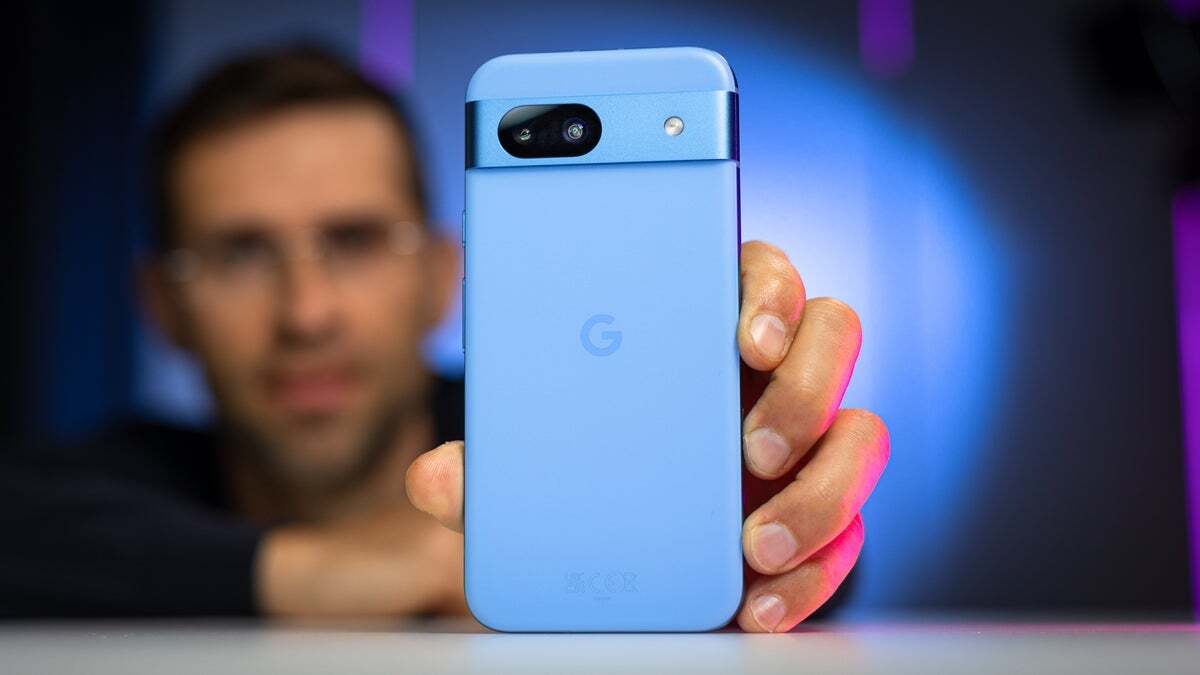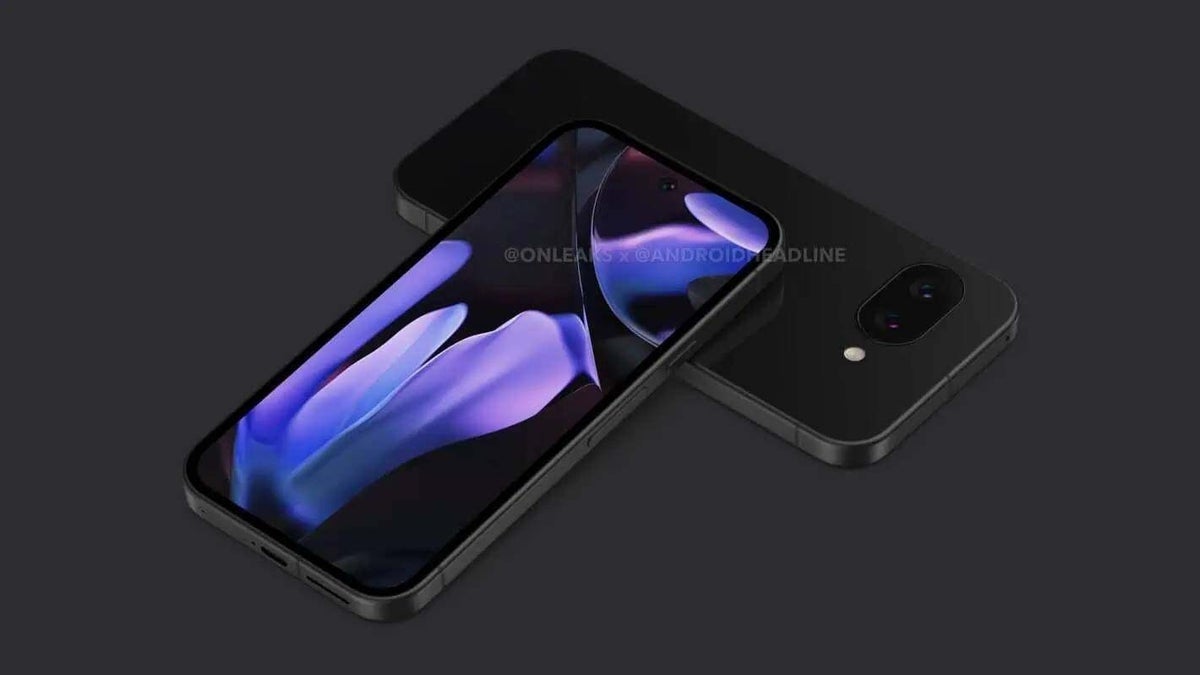We’re supposed to lose our minds and believe that we’re really getting an insanely detailed photo with a resolution of more than 100 million pixels. We’re sure that more megapixels means a higher camera quality.
It’s easy to assume that the more megapixels a camera has, the better its performance. But in reality, a high megapixel count doesn’t always translate to superior images. This is particularly true for Google’s Pixel line of smartphones, which has consistently prioritized computational photography over raw sensor numbers.
That’s why I don’t find it problematic – not even for a second – that there could be an issue with the upcoming Pixel 9a and the rumors that its main camera will feature a lower megapixel count than its predecessor.
What’s the story?
According to the aforementioned recent report, the Pixel 9a will come with a 48 MP primary camera, a noticeable reduction from the 64 MP sensor featured in both the Pixel 7a and the Pixel 8a.Are you triggered? Don’t be, as the “downgrade” might turn out OK in the end.
Google has long proven that its real strength lies not in cramming more megapixels into its sensors, but in leveraging computational photography to elevate image quality. While the Pixel 9a‘s camera may seem modest on paper, the 48 MP sensor is more than capable of producing high-quality images, especially when combined with Google’s powerful photo-processing algorithms.
In fact, the 48 MP sensor in question might even be the same one used in the Pixel 9 Pro Fold, a sensor that has already demonstrated impressive performance.
Moreover, using a lower resolution sensor could result in additional benefits, such as improved energy efficiency and potentially reduced costs, keeping the Pixel 9a competitively priced.
Frankly speaking, I’d much rather have a Pixel 9a with a 48 MP camera that goes easy on the battery and delivers the same photo output, than a 64 MP one.
The Pixel 8a camera is pretty decent

This bad boy takes cool photos! | Image credit – PhoneArena
The Pixel 8a, Google’s current mid-range offering, showcases exactly why we shouldn’t be overly concerned with megapixel counts. Its main camera features a 64 MP wide sensor with Quad-Bayer technology, which combines four pixels into one, effectively turning it into a 16 MP sensor when taking photos.This technology enhances the camera’s ability to perform in low-light conditions, reducing noise and improving clarity, thanks to the larger “effective” pixel size. The same approach will surely apply to the Pixel 9a, as virtually all phones utilize it these days.
The Pixel 8a also sports impressive software features such as Magic Eraser, Night Sight, and Photo Unblur, making it clear that computational photography, rather than sheer megapixel power, is the real magic behind Google’s photography prowess.
Features like Best Take, which suggests the best photo from a series of shots, and Super Res Zoom, which delivers high-quality zoomed images without the need for additional optical hardware, show just how far software has come in compensating for hardware limitations. All of this should find its way in the Pixel 9a, and then some! In essence, the Pixel 9a should deliver a better camera experience.
Pixel binning: quality over quantity


The OnePlus 13 in its full and official glory. | Image Credit — OnePlus on Weibo
Pixel binning is a technology increasingly used in smartphone cameras, including the Pixel series. Essentially, this process combines several smaller pixels into one larger pixel, allowing the camera to capture more light and detail in low-light scenarios, while also reducing image noise.
The result is often sharper, more vibrant photos, especially when compared to standard high-megapixel sensors that do not use this technique. Pretty clever, right?
This technology allows for impressive photos without the need for excessively high megapixel counts. A 48 MP sensor could produce better photos when binning is applied than a 64 MP sensor that doesn’t leverage the same computational enhancements.
Hey, even the upcoming OnePlus 13 serves as an example here! It’s expected to feature fewer megapixels without sacrificing image quality. Rumors suggest that it will come equipped with a 50 MP ultra-wide and telephoto camera, down from the 64 MP sensors found in the OnePlus 12. However, the camera’s quality is likely to improve thanks to OnePlus’ partnership with Hasselblad and the use of advanced software enhancements.
Computational photography: Google’s secret weapon
Everybody has a secret weapon, or a secret power, if you will. Computational photography has become a defining feature of Google’s Pixel line. That’s how you get exceptional image quality with relatively modest hardware.
The process involves advanced algorithms that process raw images, improving elements like dynamic range, sharpness, and color accuracy. This software-driven approach has allowed Pixel phones to consistently outperform competitors with higher megapixel counts.
For instance, Google’s Night Sight mode, which has become a hallmark of Pixel cameras, allows users to capture bright and detailed images in low-light conditions without the need for flash. Magic Eraser, which lets users remove unwanted elements from photos, is another example of how computational photography enhances the overall user experience beyond simple hardware capabilities.
That’s exactly how I was able to shame those with far more expensive phones around me some five years ago, when my trusted Pixel 3a produced great photos in the dark.
Resolution isn’t revolutionary


Let’s not get crazy over a few megapixels less, as this isn’t a problem at all. | Image credit – PhoneArena
I find obsession with megapixel counts in photography (especially mobile photography) to be really… futile.
Most people view their photos on their phone screens or share them on social media, where image resolution beyond a certain threshold is hardly noticeable. A 48 MP photo or even a 12 MP one will look just as crisp and detailed on a typical phone screen as a 64 MP or 100 MP image.
The need for extreme resolution is often more relevant in the world of large prints or professional photography, where images are blown up to poster size. But in the realm of mobile photography, that level of detail is rarely necessary.
Looking beyond smartphones, even my original Canon 5D (a legendary full-frame DSLR from 2005), had only a 12.8MP sensor, yet it produces stunningly detailed, color-rich and downright amazing images. This shows that when paired with the right processing and optics, lower megapixel counts can still deliver exceptional results.
At the end of the day, megapixel counts are just one part of the equation when it comes to smartphone photography.
You want to take great photos? Don’t rely on a high MP count. Instead, think of your composition, light, and subject in terms of story and tone.
And that’s that.
